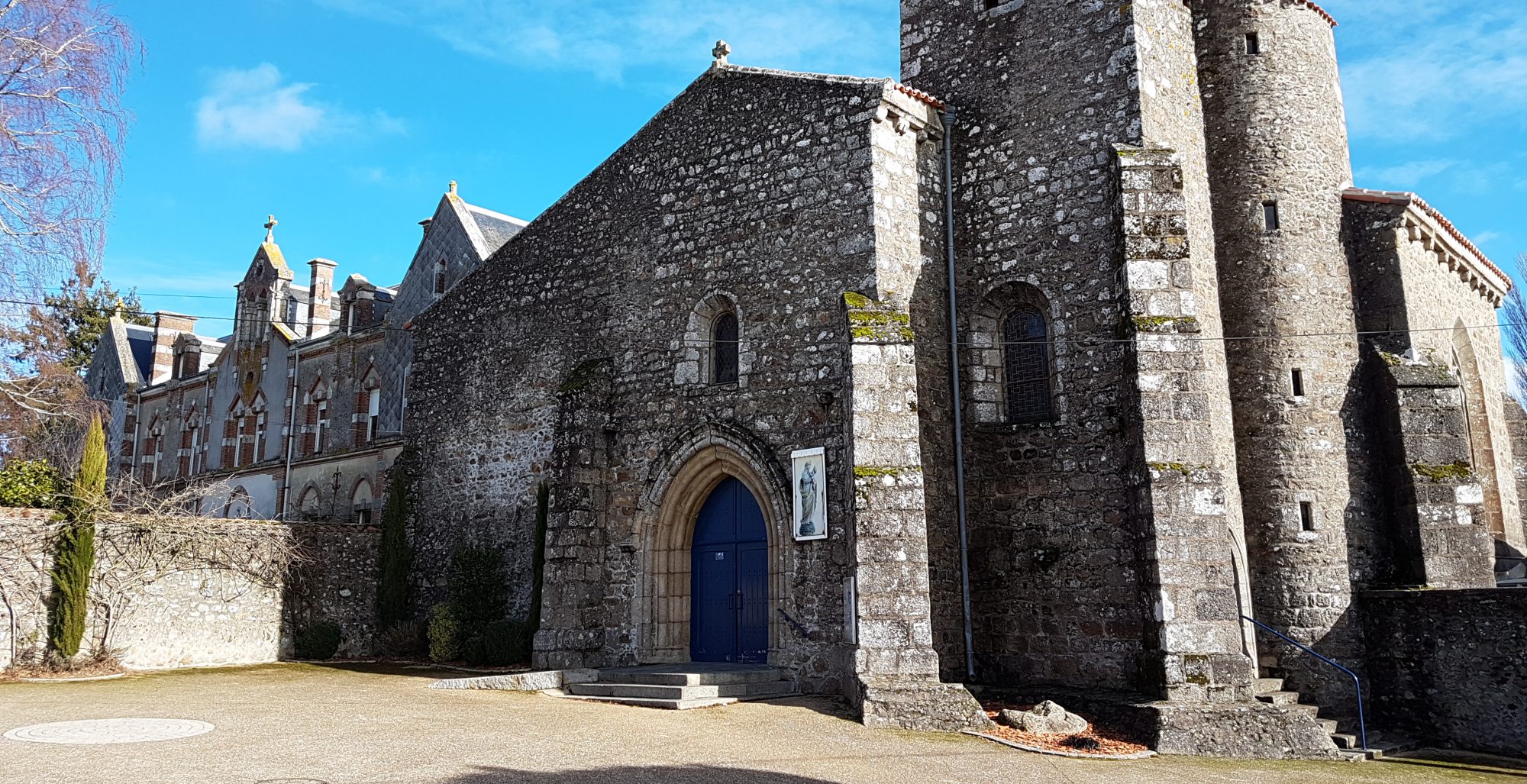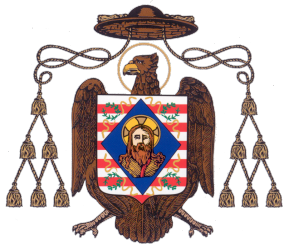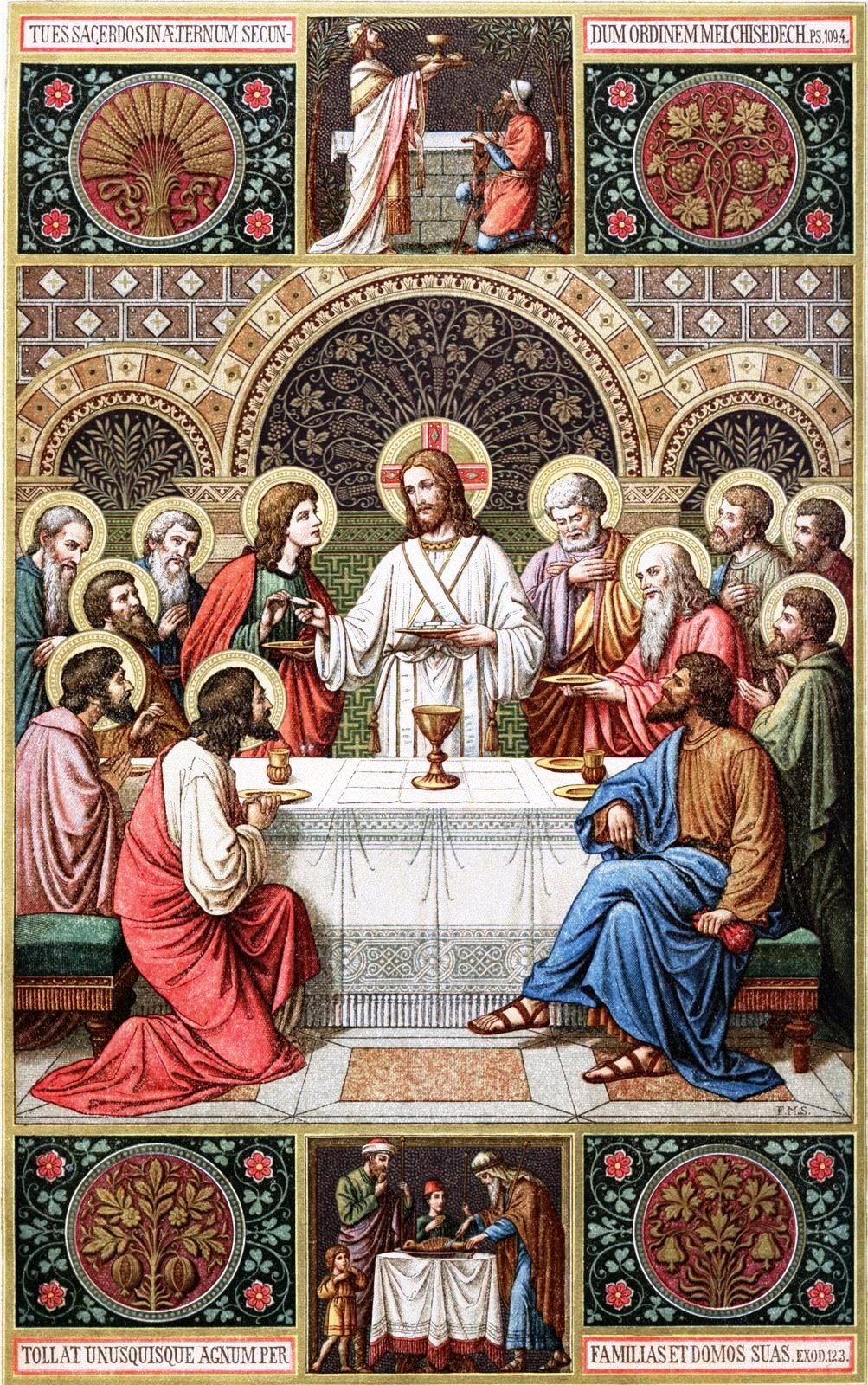COMMUNITY LIFE
As Canons Regular of the Lateran, we are priests who live in common; an ancient institute dating back to the first centuries of the Church. We have no founder. We could say that our founder is the Church who became present in the world to accomplish her mission as willed by Jesus Christ: communion among men, sons of God. The presbyters were the first ones, even in the midst of the difficulties of the persecutions, to live a communal life. Documented examples of this are: St. Eusebius of Vercelli (300-371), St. Martin of Tours (316-397), but above all St. Augustine of Hippo (354-430).
These saintly Bishops took, as their reference point, the communal life of Jesus and his disciples, and especially the luminous example of the first community in Jerusalem which, from its very origin, strove to imitate Jesus’ life and teaching.
The Acts of the Apostles relate: “The community of believers was of one heart and mind, and no-one claimed that any of his possessions was his own, but they had everything in common.”
The voice of St. Augustine echoes what the Acts of the Apostles relate when, addressing his priests, he affirms: “Do not call anything ‘mine’, but let everything be in common among you.”
Canonical communities sprung up in response to the strong and radical exigencies of the Gospel. They are the fruits of a mature faith which led those responsible for divine worship, not only to preach the ideals of fraternity and solidarity proposed by Jesus, but to form small communities which, gathered around the Bishop, father and master, live out the evangelical ideal of fraternal communion.
The Church throughout history has always seen the community life of priests as a safeguard for holiness of life and a support for the priests’ apostolate.
The Church of our time also, at the Second Vatican Council, in two documents, proposes to priests some kind of common life or some sharing of common life and notes its benefits of mutual assistance in the development of their spiritual and intellectual life and of being able to cooperate more effectively in their ministry and be saved from the dangers of loneliness which may arise.
Pope Saint John Paul II, in his address to the Canons Regular of Saint Augustine on 6th September 2001, on the occasion of the Congress of our Canonical Confederation, reminded us that our life “is an ancient form of consecrated life distinguished by fraternal communion, the apostolate and an intense liturgical life”.
These words of the Pope remind us that it is not enough just to live under the same roof.

The pillars of our ‘living together’, which enable us to experience the joy of fraternal communion, are:
- The chapel: communal prayer, the Liturgy of the Hours
- The refectory: communal meals, eating together
- The community room: where we come together to share the ordinary life of each day
- Another indispensable part of our living together is the monthly chapter of the house: we all gather to talk and reflect together on our daily life and our pastoral work.

Before us, always shines the ideal proposed by our Rule:



